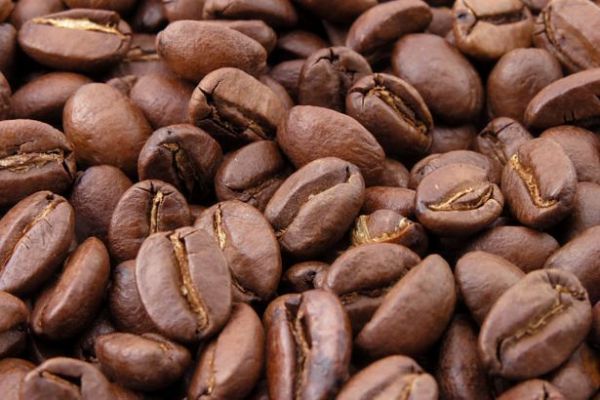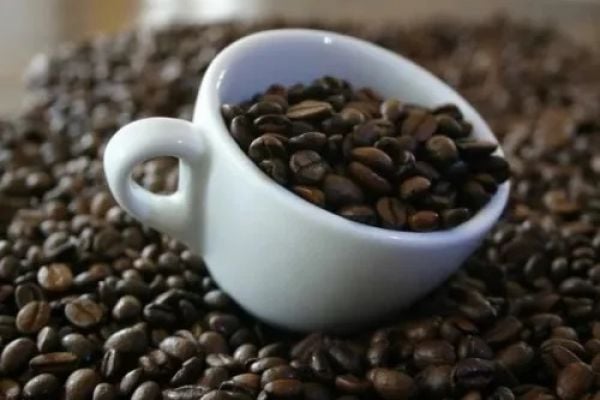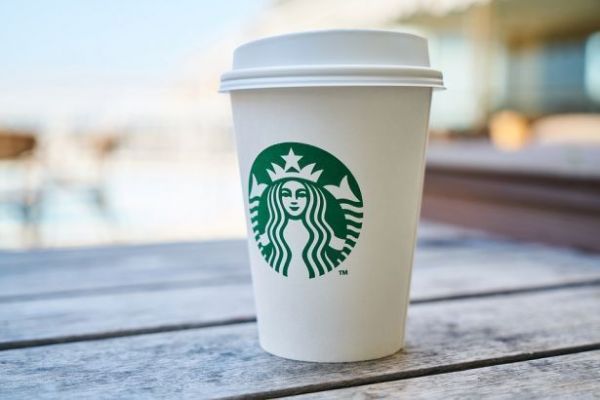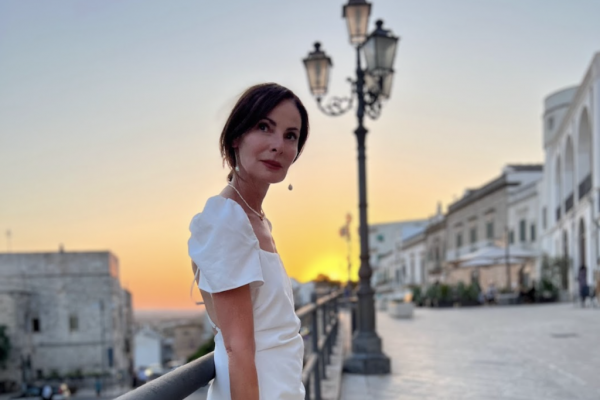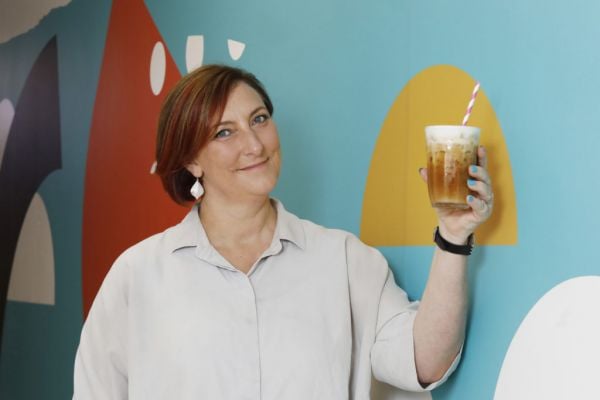Coffee company JDE Peet's has recorded better than expected first-half operating profit, and said that it will meet full-year targets despite a spike in green coffee prices after frost struck Brazilian crops last month.
CEO Fabien Simon said that green coffee prices had already increased approximately 20% in 2020 and that the company is also facing increases in transportation and other costs this year - but it expects to be able to pass those increases on to consumers.
"Despite these inflations, despite incremental inflation which has been coming through the non-coffee side, we are very confident we will deliver our outlook," he said on a call.
He said the size of potential rises is competitive information but the company is now conferring with retailers on how they may be carried out.
"Coffee is pretty unique category in the food and beverage space where headwinds and tailwinds of green coffee are passed through, and we expect that to happen again this time around," he said.
"We feel we have pretty good pricing power across our portfolio."
JDE Peet's, which owns a range of coffee and tea brands including Pickwick, Senseo, Tassimo, TiOra and L'OR, repeated its March forecast for organic sales growth of 3% to 5% for the full year and a "single-digit" increase in adjusted EBIT.
For the first half, adjusted operating profit fell 1% to €636 million from the same period a year earlier, above analysts' average forecast of €610 million.
JDE said that coffee sales growth for home consumption offset an uneven restart for coffee shops due to the coronavirus pandemic - though shops, driven by US brand Peet's, had returned to profitability.
Overall sales edged up 0.5% to €3.25 billion, with sales for at-home consumption, usually coffee purchased at grocery stores, climbing 4.9% on a like-for-like basis.
Retail Coffee Prices To Climb As Frost And Freight Costs Bite
The most devastating frost in decades in top coffee producer Brazil and record freight costs sparked by COVID-19 causing massive shipping logjams are expected to push retail prices to multi-year highs in the coming weeks.
A hike in coffee prices will further raise the cost of a basket of shopping following increases for other items such as bread, vegetable oils and sugar. The United Nations food agency's index of world food prices for July showed a year-on-year rise of 31% at a time when many consumers are struggling financially due to the pandemic.
The worst cold snap in Brazil since 1994 sent the price of green coffee beans to the highest level in almost seven years and is expected to pass through to consumers when they purchase roasted beans or ground coffee in supermarkets.
Arabica coffee on the ICE Futures U.S. exchange has doubled in price over the last 12 months with crops in Brazil already wilting after the worst dry spell in 91 years.
The extent of the damage is still being assessed but in areas where coffee trees have not survived it may take up to seven years for production to fully recover.
Shipping disruptions, caused partly by a surge in demand for consumer goods and not enough ships as people stayed home due to the global coronavirus pandemic, has also led to a sharp rise in the cost of transporting beans to major consuming countries in North America and Europe.
Traders believe while consumers will soon have to pay more to purchase coffee from supermarkets, the cost of a latte or Americano at high street coffee chains may not follow suit in the short term.
"Roast and ground [coffee in supermarkets] has only coffee and a bit of packaging. Your coffee at Starbucks might not go up [as much] cause you pay more for the shop, the wifi, the experience," he added.
Data issued by the US Bureau of Labor Statistics show average ground coffee prices rose to a peak of $4.75 per lb in April, up 8.1% from a year earlier and the highest level since July 2015, as drought took an initial toll on Brazil's crops.
The rise in arabica coffee prices on the ICE Futures U.S. exchange accelerated rapidly, however, after the recent frost and retail prices appear certain to increase in response. In Brazil, the world's number two consuming nation after the United States, roast and ground coffee prices increased 3.4% in June, according to statistics office IBGE.
They are set to rise further. After the July frosts, Brazil's coffee industry group Abic told roasters to analyse their costs and adjust prices accordingly, to preserve the sustainability of their businesses.
Abic estimates that green coffee prices for roasters in Brazil increased around 80% from December to late July.
"Some companies, including market leaders, have already announced price increases," Abic said in a letter to associated roasters seen by Reuters.
JDE Peet's, whose brands include Douwe Egberts, Kenco and Peet's, noted that there had been a sharp rise in ingredient, freight and other costs in the last 12 months.
"Historically, significant fluctuations in green coffee prices have been reflected in the market (retail prices) and we expect that precedent to continue," the company said.
The rise in transport costs, linked to a shortage of shipping containers, could play a major role in driving up prices. Coffee is normally shipped in containers, in contrast to commodities such as grains which are transported in bulk carriers.
Many coffee companies find it easier to withstand a rise in the cost of beans, at least in the short term, than increasing shipping costs as they often fix the price of their purchases several months in advance.
"We have hedging here in place for a good percentage of our coffee needs for the rest of this year and even for part of next year so I'm not short-term worried about that," Nestle Chief Executive Mark Schneider said during a recent conference call, adding this was not the case with transportation costs.
Carlos Santana, coffee head trader for Eisa Interagricola, a unit of ECOM Trading, said it was very challenging to ship coffee, particularly in the Americas.
"It is almost not economical to use this route right now. The ports in the U.S. are full, shipping companies do not want to take more cargoes to there, so they charge more. Prices are more than three times higher than they were before the pandemic," he said.
Thiago Cazarini, a coffee broker in Brazil's Minas Gerais state, said that even paying up the much higher prices to secure a container, exporters are having problems trying to load them into the ships.
He said the problem is widespread, impacting all players.
"Brazil is such a mess logistically right now. I have coffees that were supposed to arrive two months ago and I haven't got them yet," one U.S. coffee importer said.
Julian Thomas, managing director of Maersk Brazil , part of the world's biggest container shipping line, said the "current bottlenecks from measures to contain the pandemic and a strong demand are also impacting supply chains in and out of Brazil."
"We are still servicing our customers and can attend to their growing demand," he told Reuters.
German container shipper Hapag Lloyd added that there were delays for shipping goods, "but not only coffee".
Brazil accounts for an estimated 30% of global exports and its peak shipment season has already kicked off.
Why Do Frosts Pose A Threat To Coffee?
Arabica coffee prices have surged to the highest level in almost seven years recently after severe frosts damaged crops in top producer Brazil.
Brownish spots have stained large areas of coffee fields in the south of Brazil's top producer Minas Gerais, a sign that the worst cold snap in nearly 30 years will hurt production for at least the next two crops.
Frost has posed a threat to coffee trees ever since the crop was first brought to Brazil in the 18th century.
Major producing states in Brazil, such as Minas Gerais, are more frost prone than growing regions in other major Arabica coffee producing countries such as Colombia and Ethiopia.
Coffee is a tropical crop and doesn't like low temperatures, particularly if they dip below 5 degrees Celsius (5°C). Sub-zero temperatures, around -3°C to -4°C (when ice crystals form in the plant's cells) are lethal, destroying flower buds, flowers and fruits, and causing frost burn on leaves, which in severe cases leads to complete defoliation of the coffee tree. The severest form of damage is due to the formation of ice crystals, which puncture the cells within the affected plant parts, causing them turn black and die, ultimately leading to the death of the plant.
Dr Aaron Davis, who conducts research into coffee at The Royal Botanic Gardens, Kew in Britain, said frost can be particularly devastating after a long period of drought, such as experienced this season, as leaves may have wilted already making them susceptible to low temperatures and frost.
In some cases, it can take one or two years to recover from a frost episode but if the coffee trees die and have to be replaced by seedlings it can take four or five years to get a decent crop and up to seven years to fully restore maximum production levels.
Research conducted by Refinitiv comparing temperatures and precipitation in the 30-year period from 1959-1988 with 1989-2018 shows the climate in Brazil is on average becoming wetter and warmer.
Extreme cold events are becoming less common but extreme heat is becoming more frequent.
The most recent severe frost was in 1994 and in that case as well there was the devastating combination of drought and frost.
News by Reuters, edited by Hospitality Ireland. Click subscribe to sign up for the Hospitality Ireland print edition.
